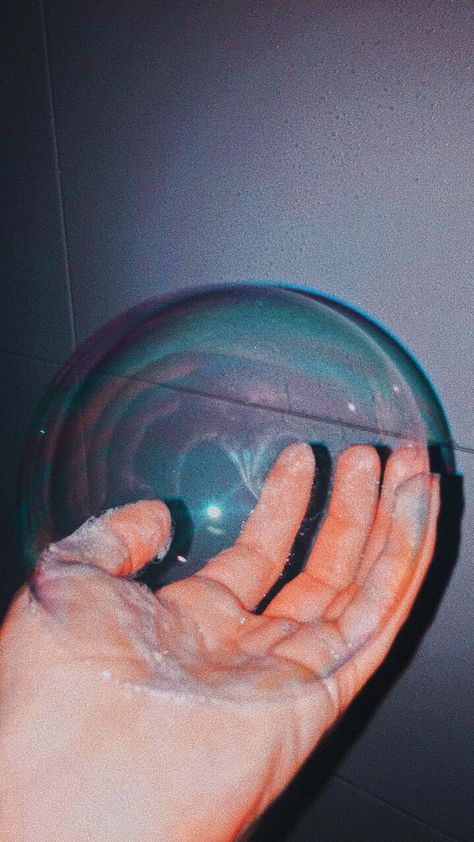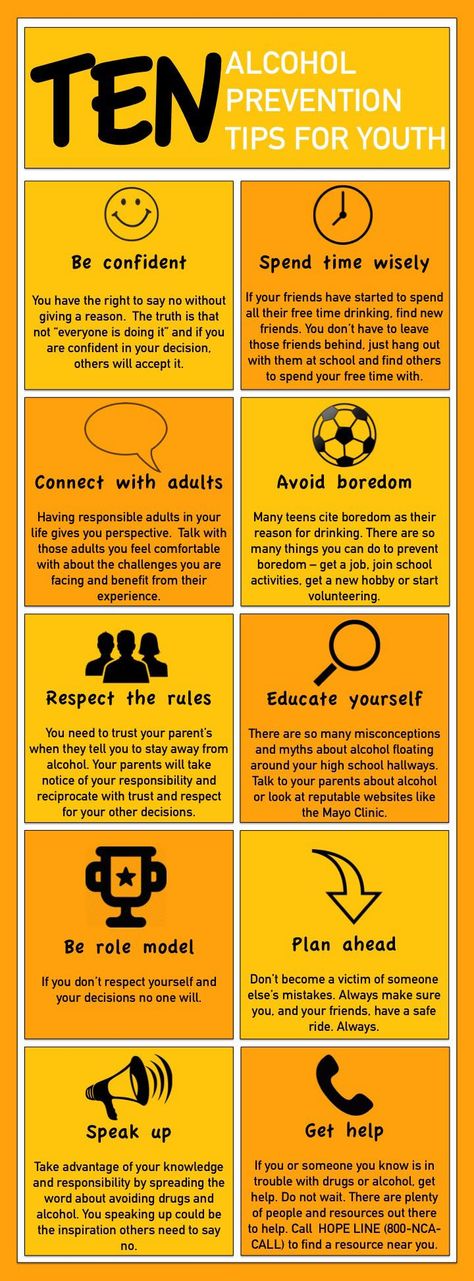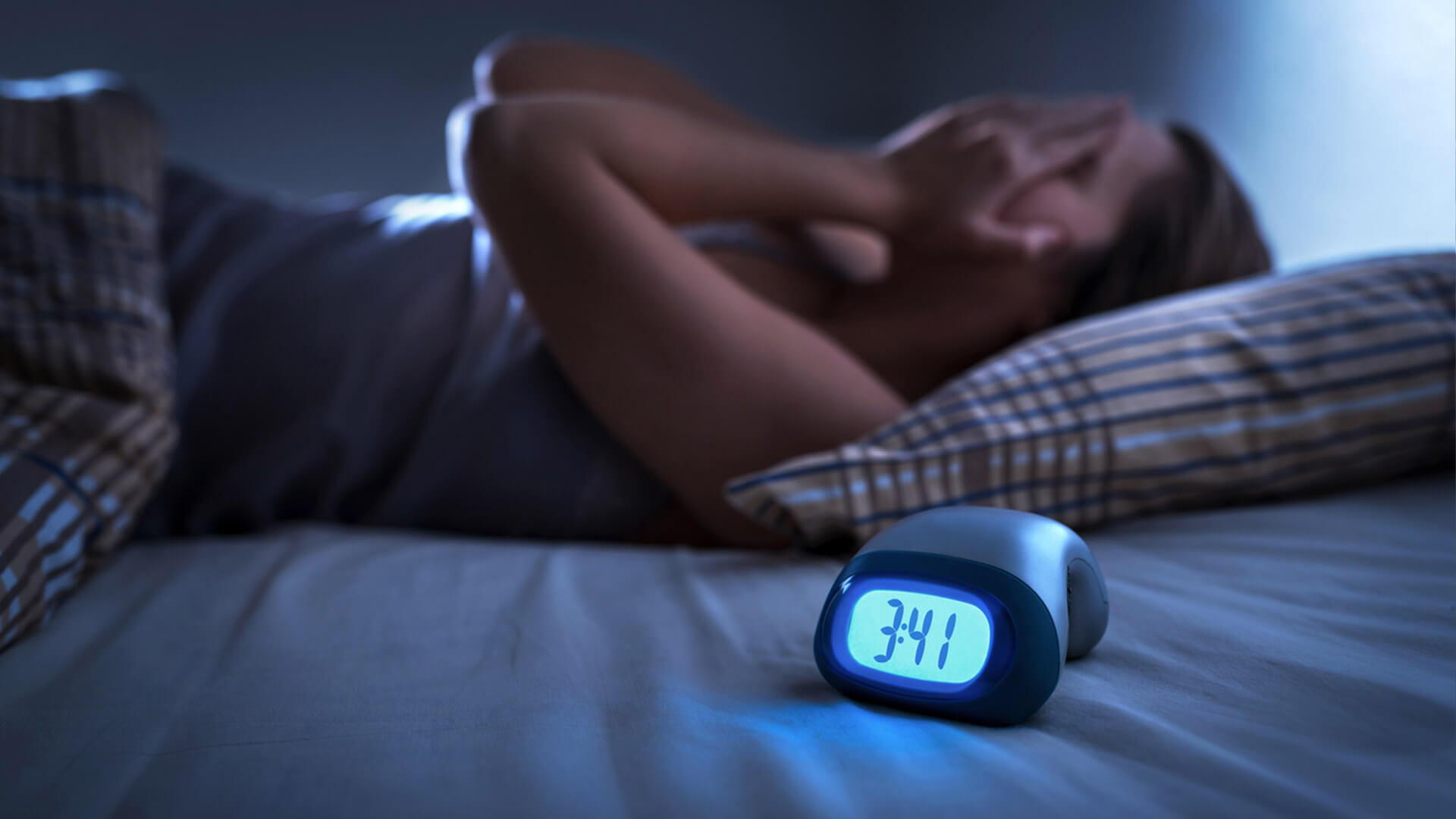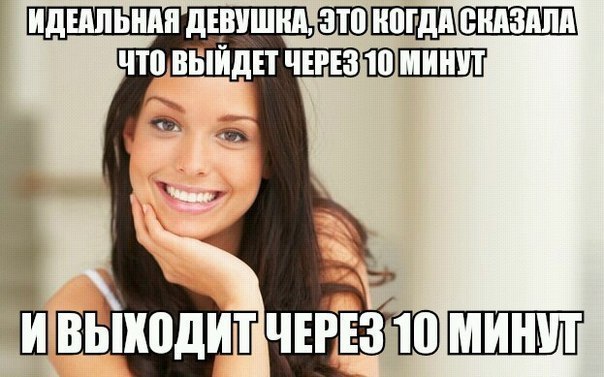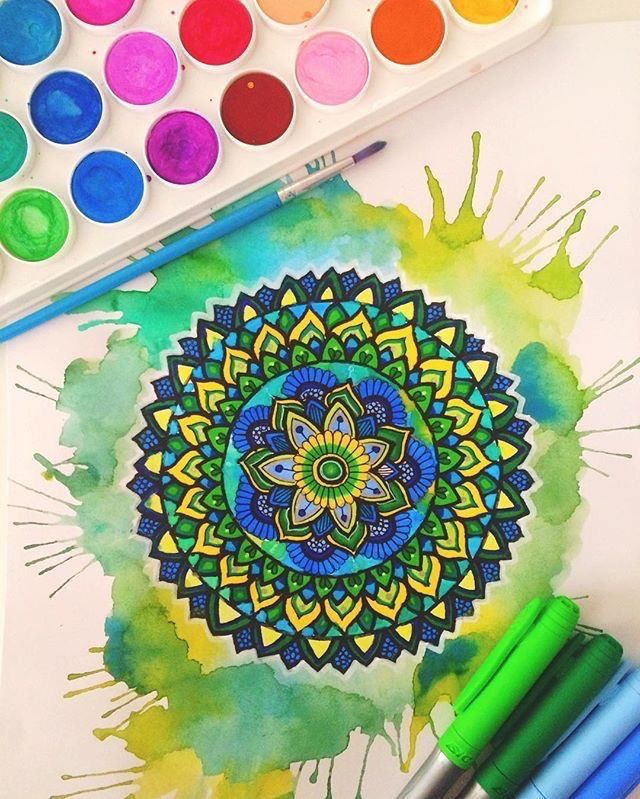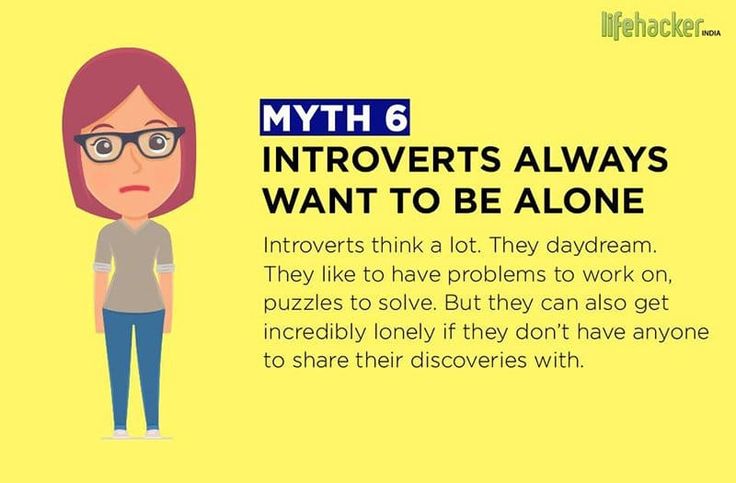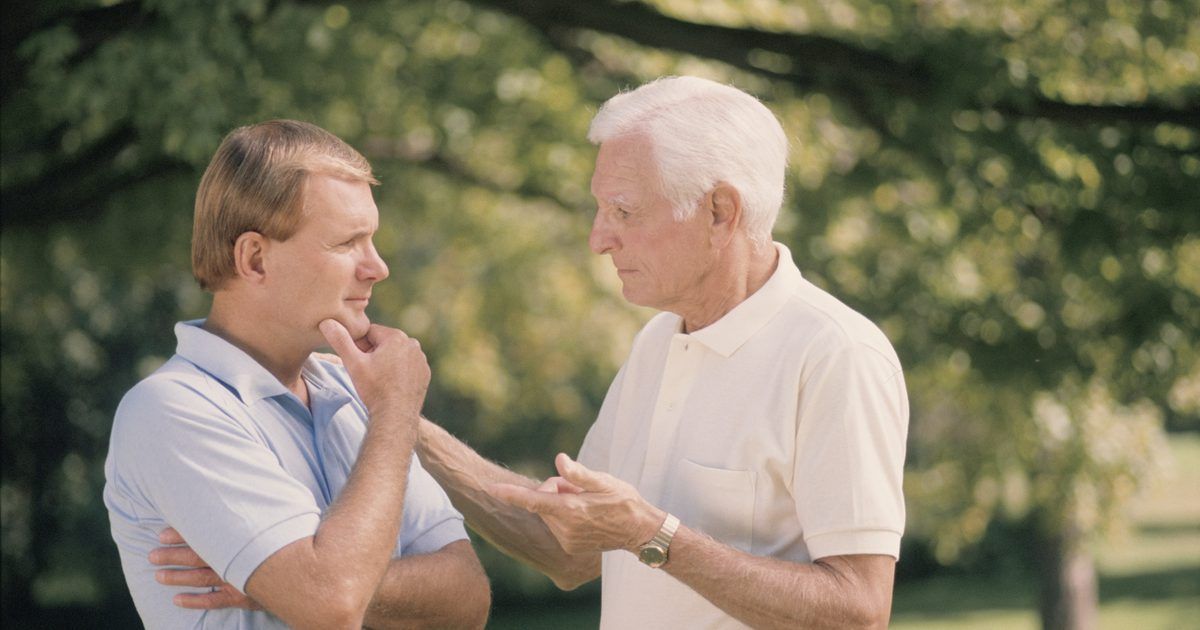Living in bubble
Are You Living in Your Own Bubble?
It’s so easy to live in your own bubble. To ridicule ideas that aren’t in your echo chamber. To give zero latitude to concepts that are foreign to you.
Too bad.
For to live a full life, a rich life, you need to remind yourself of the lessons you learned in kindergarten. First lesson: play well with others.
Why do we have to do that? Why can’t they just conform to our ways or go elsewhere? There should be different schools for them or maybe they shouldn’t even be here.
Now if you think I’m talking about immigrants, you’re right. Kind of. But I’m also talking about Blacks, Hispanics, gays, disabled, kids, teens, elders, atheists, Muslims, Jews, Christians, etc. etc. etc. People who are nothing like you. Or just a little bit like you. Or, a member of your tribe but so completely different they may as well be living in a different universe — think: Orthodox and non-observing Jews; Moderate and Trump Republicans.
Living in your own bubble is boring. Nobody challenges you; nobody disagrees with you; nobody ever asks you to explain why you think the way you do. Everything is pleasant — on the surface. It may seem like nirvana. But it’s artificial. It’s shallow. It’s born of fear. Big Brother is watching you. Your tribe will disapprove of you. No coloring outside the lines!
People have a right to be different. Why? Because they are different. People come from the same family, yet have different passions. The same generation, yet have different beliefs. The same religion, yet view God differently.
Damn, even dogs are different and accepting of each other. And are intrigued by each other. And want to smell each other. And run around and play with each other. If they can navigate their differences, why can’t we? We are the higher species, aren’t we?
There are benefits from getting to know those who are different from you. Isn’t it possible they might bring to the table ideas you find intriguing? Life experiences you find captivating? Might they arouse your curiosity? Might they widen your perspective?
We live in a big wide world. So, next time you run into someone whose ideas are quite different from yours, don’t try to show them how wrong they are. Don’t denigrate them. Instead, be curious. Ask them questions. Be empathetic. Listen. See if you can grasp a bit of their viewpoint even if their way of living makes no sense to you.
So, next time you run into someone whose ideas are quite different from yours, don’t try to show them how wrong they are. Don’t denigrate them. Instead, be curious. Ask them questions. Be empathetic. Listen. See if you can grasp a bit of their viewpoint even if their way of living makes no sense to you.
Recognize that you are not right about everything. You may be wrong. Or, partially wrong. Or, it may have nothing to do with right or wrong. Just different. Different childhoods. Different baggage people carry with them. Different communities people live in. Different experiences they’ve had. Different shows people watch. Different books people read. Different temples people attend.
Having friends who are just like you, and dismissing those who are different, is no great accomplishment. Indeed, it smacks of high school all over again. So, now that you’re an adult, it’s time to recognize that you’ve got a cognitive bias. What’s that? It’s making inferences about others from your subjective reality, but believing your opinions are the absolute truth.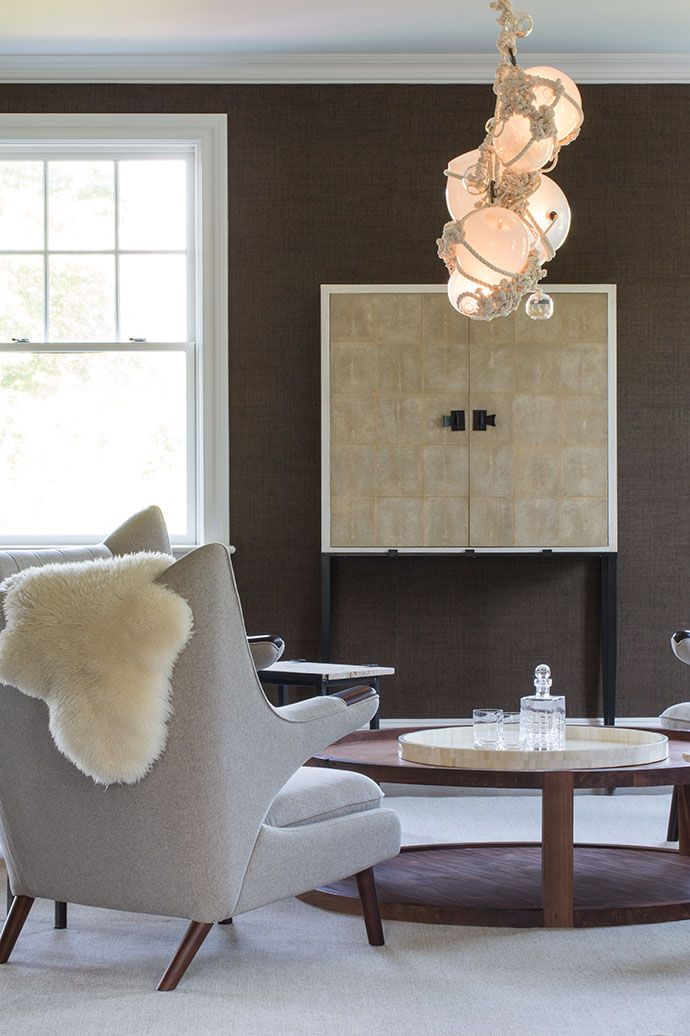
So, go beyond your cognitive bias. Be open to getting to know people who are nothing like you. Hear their experiences without judging them. Expand your social networks. Get outside your bubble. We need to live with and work with people of different races, religions, and belief systems.
The Issue With Living in a Bubble
The following is adapted from The Elephant’s Dilemma.
We all live in bubbles, physically and mentally. We live in neighborhoods with people who are in our same income bracket and who tend to look like us. At work, we spend our time with people who most likely have similar levels of education. Online, we create echo chambers, surrounding ourselves with people who believe the same things we do.
These bubbles are nice. They are comfortable and safe. They are also isolating, reducing our connections to our larger community.
When you live in a bubble, surrounded by a world that looks the same in every direction, you become oblivious to the outside world.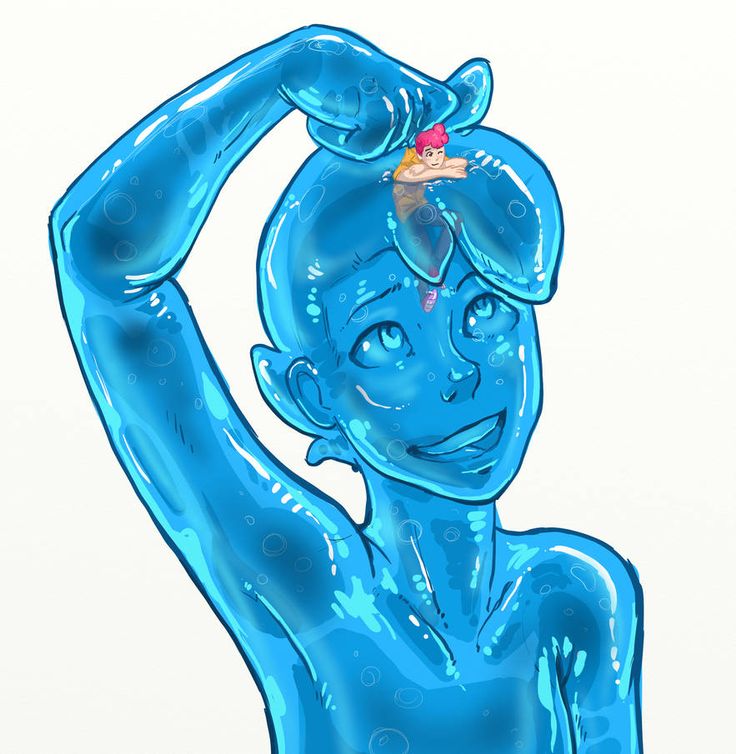 You get used to all the conformity, all the sameness, and you turn all your attention inward, within the walls of your bubble.
You get used to all the conformity, all the sameness, and you turn all your attention inward, within the walls of your bubble.
Our bubbles are comfort zones, and when you spend all your time in your comfort zone, you restrict your ability to grow and innovate. Most of us wish to grow and innovate, and that’s reason enough to pop the bubble. Even if you’re content staying in your bubble, there’s a problem: bubbles don’t last forever.
Bubbles Don’t Last
Let’s look at what happens when you only focus on what’s inside your bubble. Imagine a family with a dual income; the woman is, let’s say, a lawyer making a good salary. The man’s a doctor. Between them, they’ve saved a decent financial buffer. They live in a nice suburban neighborhood. They can afford great vacations. They have tuition money for their kids’ educations.
They think We’ve got this life stuff figured out. There’s food on our table. The future’s secure. Our kids will be okay. But is that sense of security justified?
Those parents believe they’ve set their children up for success, but as those kids grow up, they won’t live in the same bubble.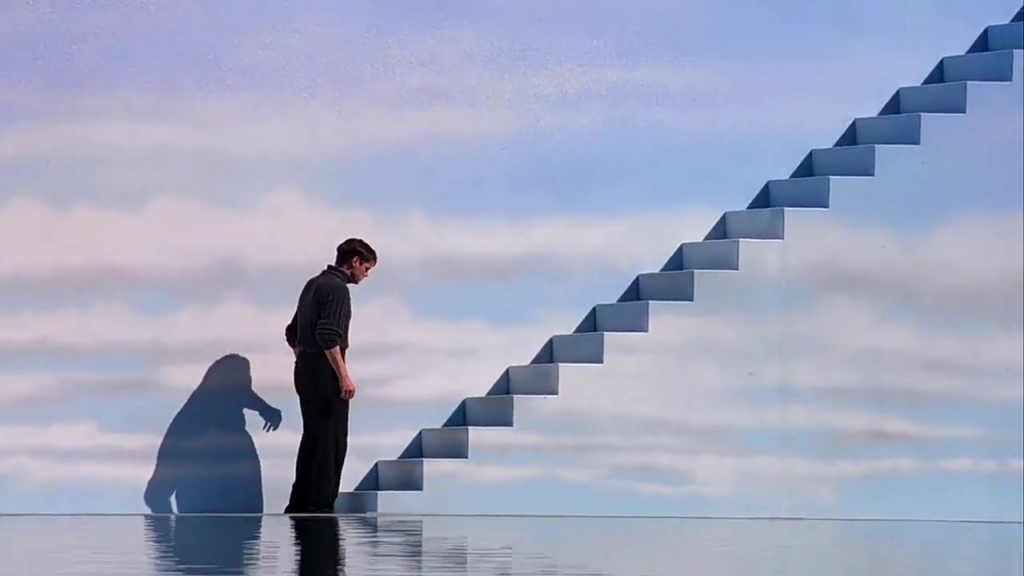 At some point, they’ll leave Mom and Dad’s house and head into the wide world.
At some point, they’ll leave Mom and Dad’s house and head into the wide world.
Maybe those kids will go live in a city, or a foreign country. Maybe they’ll choose a career that does not provide as much financial stability. Then the bubble will pop, and they may not be prepared for the new challenges they encounter.
But maybe the kids follow in their parents’ footsteps. They become lawyers and doctors and live in the same suburban neighborhood. Even then, there’s no guarantee that the bubble will remain intact, as the world is constantly changing.
It’s not enough to sit in your bubble and think, Oh, the world is great. In our little life, everything is fine. In fifty years, if gun violence has spread throughout cities, if there are more pandemics and massive health issues, if only 10 percent of the population has access to clean water, this is going to impact everyone’s bubble.
We need better for our world. If terrible diseases are rampant and life expectancy plummets, that’s not good for anyone. Even those who are somewhat protected cannot continue to thrive when surrounded by enormous amounts of shittiness.
Even those who are somewhat protected cannot continue to thrive when surrounded by enormous amounts of shittiness.
The future is not secure, even within your safe bubble. If you want to ensure a bright, happy future for yourself and your descendants, you must turn your gaze outward and look beyond your bubble.
The Need for Innovation
When you look beyond your bubble, it’s not just problems that you will find. You will also find solutions because stepping out of our bubbles opens us up to greater innovation.
Innovation has been declining in our country. The US generally appears to have stabilized. Compare the state of our society today to the developments of our past. At one time, there was a tremendous amount of progress in our country. We built the railroad and highway systems. We put electricity in every home. We made it to the moon, and we flooded the country with internet access.
Then, progress slowed. We stabilized. We stopped taking moon shots and, instead, focused on less weighty, less impactful innovations.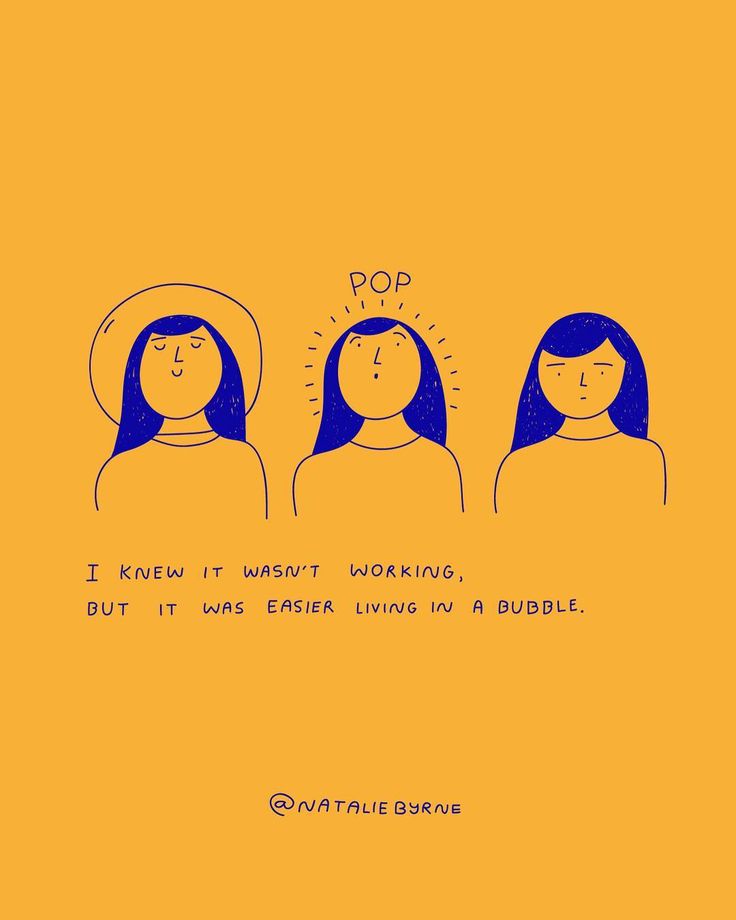 We stopped coming together to take giant swings that shook our culture and became more divided. Innovation started coming from smaller private and commercial efforts that didn’t have the same cultural impact.
We stopped coming together to take giant swings that shook our culture and became more divided. Innovation started coming from smaller private and commercial efforts that didn’t have the same cultural impact.
If we don’t start to innovate in ways more reminiscent of our past, we’ll remain flat while the world’s challenges peak. If we keep operating the same way we are today, with small steps taken here and there but no massive cultural swings, we’ll end up with a lot of problems.
Pollution, cleanliness, food systems, waterways, airways, and the atmosphere will deteriorate because we won’t innovate fast enough to keep up with their challenges. Even issues like gun violence, mental health, and homelessness will rise if we don’t actively seek to combat them.
The solutions we have in place today will not hold up to the challenges of tomorrow. And often, we don’t correctly predict what those challenges will be. Most of us did not see, or at least take seriously, the threat of a pandemic. I sure as hell wasn’t ready for the impact the novel coronavirus had on the world.
I sure as hell wasn’t ready for the impact the novel coronavirus had on the world.
Simply put, if we don’t innovate, the world will not be a better place for our kids—and no college fund or stable upbringing will protect them from that. And innovation relies upon us stepping outside of our bubbles.
Bubbles are based on sameness. They are comfortable precisely because they are familiar and consistent. But innovation requires something new—new ideas, new inventions, new solutions. That is exactly what you have to gain when you look outside your bubble.
Look Outside Your Bubble
Whatever our circumstances, however, we ended up in our comfortable bubbles, we need to look up and reach out. We cannot continue to live isolated lives, doing nothing but ensuring our kids will be okay. If that’s all we focus on, they will end up well-loved, well-educated, and surrounded by a disintegrating world.
Our kids can only thrive if the world around them survives. That means we must act to sustain everyone through war, political unrest, pandemics, pollution, or whatever else we face.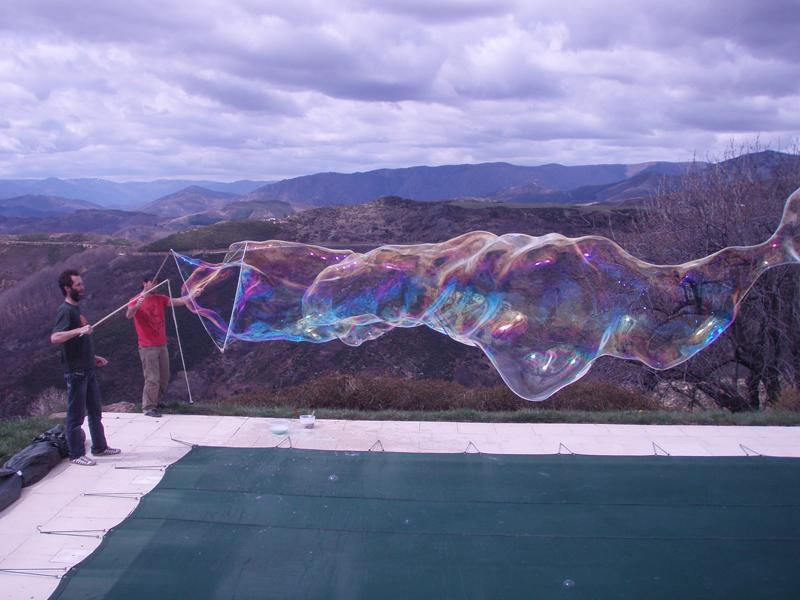 We can’t assume someone else will solve all these issues. It’s our responsibility to kick the country out of stagnation and into an innovative, solutions-based future.
We can’t assume someone else will solve all these issues. It’s our responsibility to kick the country out of stagnation and into an innovative, solutions-based future.
So start looking outside your bubble. Drive to a different neighborhood. Seek out opinions different from your own online. Foster friendships with people who had a different upbringing than you. And start changing the world for the better.
For more advice on looking outside your bubble, you can find The Elephant’s Dilemma on Amazon.
Life in a bubble | Chalk
There is a term in media theory that refers to the results of algorithms that dictate content to users according to their interests. This phenomenon is called the "filter bubble" and it is fundamentally changing the way we perceive information online. A couple of years ago, I came out of my teenage years, so it was especially interesting for me to analyze the impact of information bubbles on young people who are just entering the adult world.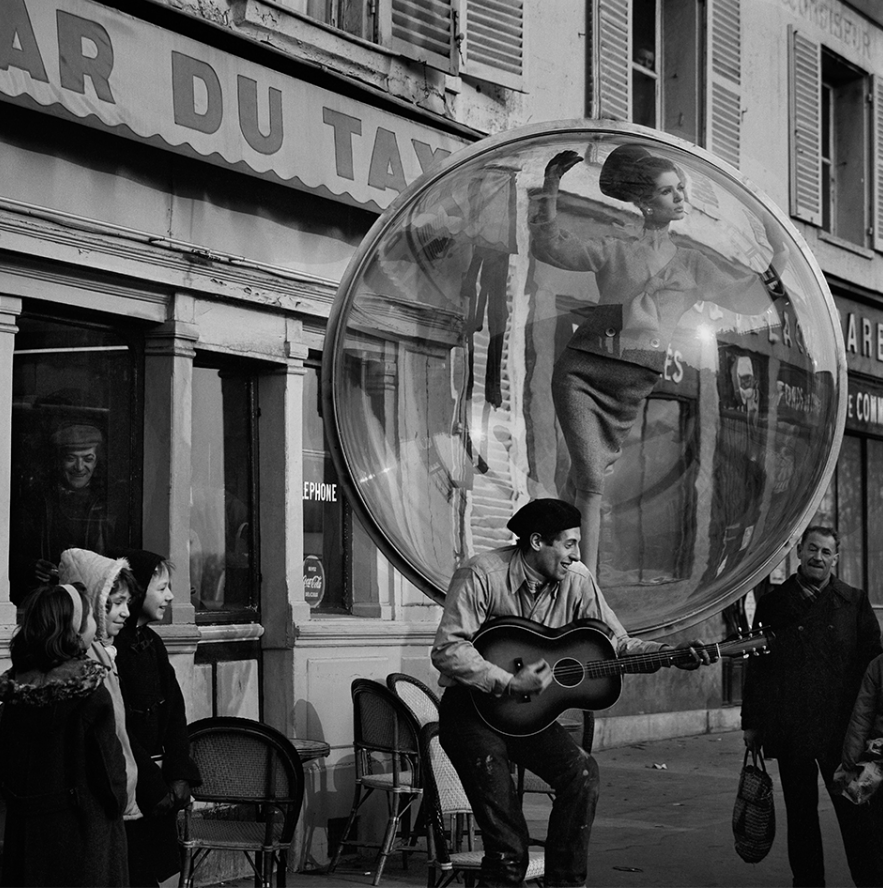
The first thing you need to know: the formation of an information bubble is affected by all actions on the Internet. From likes and followers on instagram to time spent watching trends on Tik Tok. The behavior of a teenager on the network is read by algorithms that offer him relevant content based on his age, social status, geolocation, and other data. Social networks create a comfortable model of the universe, in which all the planets (in our case, recommendations and ranked posts) move around the interests of a teenager. Only this “comfort” hides informational isolation, the impossibility of criticism and the rejection of any alternative opinion. Why can this seemingly harmless phenomenon negatively affect a teenager?
The filter bubble distorts both the adolescents' knowledge of relevant information in general and the perception of other people's polar positions. The user (in our case, a teenager) may get the impression that his virtual world, supported by the well-coordinated work of social network algorithms, is the only true one.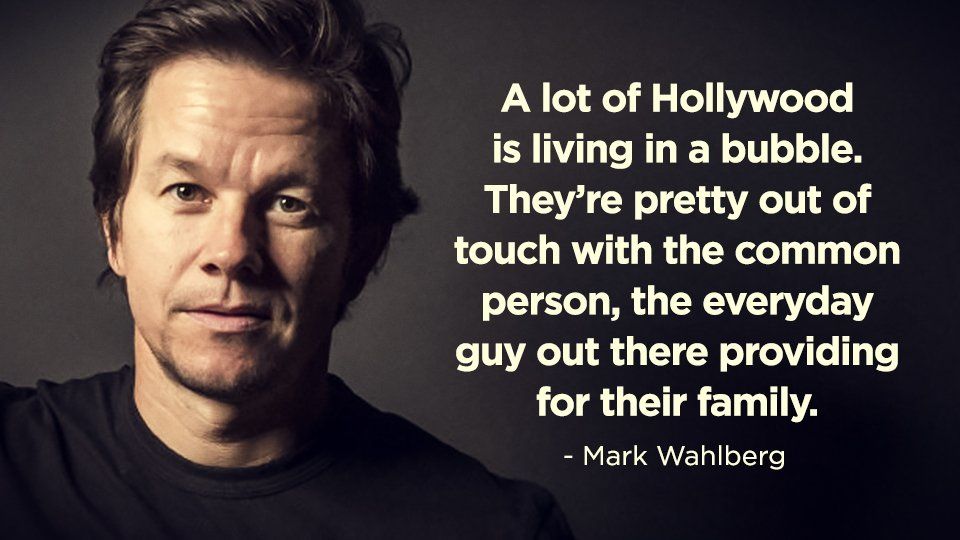 Vigilance and critical consciousness are dulled, and a teenager in such a virtual ecosystem can easily succumb to manipulation and fake news. And discussions that are held in interest groups can develop a bias towards phenomena and opinions that are not close to a teenager. The “filter bubble” phenomenon cuts off potential criticism, alternative opinion, which are necessary to create a three-dimensional picture of the world. It is difficult for a teenager to accept that there are social inequality and people living below the poverty line when all the celebrities from his tape drive exclusively on Ferraris.
Vigilance and critical consciousness are dulled, and a teenager in such a virtual ecosystem can easily succumb to manipulation and fake news. And discussions that are held in interest groups can develop a bias towards phenomena and opinions that are not close to a teenager. The “filter bubble” phenomenon cuts off potential criticism, alternative opinion, which are necessary to create a three-dimensional picture of the world. It is difficult for a teenager to accept that there are social inequality and people living below the poverty line when all the celebrities from his tape drive exclusively on Ferraris.
Of course, this phenomenon affects not only teenagers, but all Internet users. Even parents, whose worldview, it would seem, have already been formed, can become unwitting hostages of the information bubble. The situation is further complicated by the fact that the “filter bubbles” are invisible. It seems to users that everyone around reads similar information.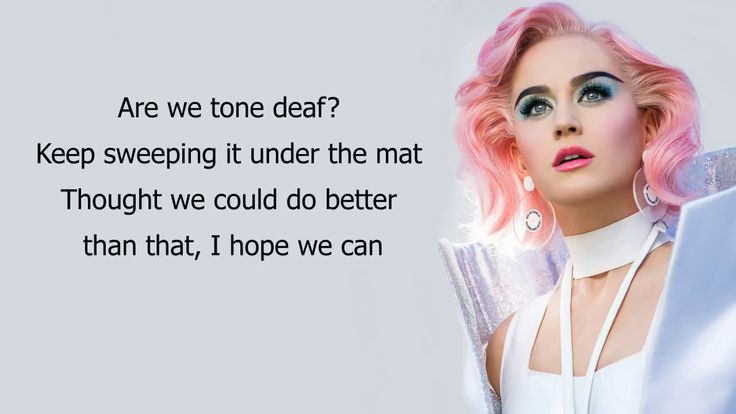 This is wrong. Often we are not even aware that we are looking at the world through the distorting mirror of our news feed, because the algorithms do not ask permission. They just work and that's it.
This is wrong. Often we are not even aware that we are looking at the world through the distorting mirror of our news feed, because the algorithms do not ask permission. They just work and that's it.
In my opinion, social network algorithms have a great impact on adolescents, as they directly affect the formation of their identity and socialization. What is the problem? In reality, this bubble is much easier to pierce: for example, with a thoughtless comment, a polar opinion, or just a randomly thrown phrase. The explosion of the information bubble may be accompanied by resentment and disappointment on the part of a teenager. Faced with an unpleasant point of view or criticism (which in fact may be rational), the teenager has an increased desire to hide, lock himself up. So the universe, built by algorithms based on interests, is compressed to the size of a closet, where only “our own” can enter.
The solution to the problem of isolation in the "filter bubble" seems to me to lie in a trusting conversation between parent and child. It's okay to be interested in new trends on Tik Tok or follow your favorite blogger, but it would be cool if teenagers were taught to critically think about everything they see in the online field. An adult can help a lot here. For example, with his explanation that the world is actually filled with many colors and images that may differ from the feed on the social network. And also that social media creates a lot of myths and fairy tales that we all want to believe. Only these myths are one-dimensional and they can hardly describe such a large world, which, of course, consists of not only retouched pictures.
It's okay to be interested in new trends on Tik Tok or follow your favorite blogger, but it would be cool if teenagers were taught to critically think about everything they see in the online field. An adult can help a lot here. For example, with his explanation that the world is actually filled with many colors and images that may differ from the feed on the social network. And also that social media creates a lot of myths and fairy tales that we all want to believe. Only these myths are one-dimensional and they can hardly describe such a large world, which, of course, consists of not only retouched pictures.
In life, there is both attractive and repulsive, only now it is hardly possible to hide from the latter behind a screen of recommended posts. With the support and trust of an adult, entering the offline world is much easier. And it’s definitely more interesting to be a full-fledged participant than to watch warily from your Instagram window.
the tragic story of a boy without immunity
American David Vetter lived only 12 years, but his fate had a serious impact on medicine, science and culture. The life of an unusual child has inspired directors and musicians and forced doctors to reconsider some ethical norms. We are talking about a boy who spent his whole life in a plastic bubble.
The life of an unusual child has inspired directors and musicians and forced doctors to reconsider some ethical norms. We are talking about a boy who spent his whole life in a plastic bubble.
Tags:
rare diseases
Immunity
Genetic diseases
Telegram
David Vetter was born on September 21, 1971. He was the third child in the family: a few years earlier, his older brother David Joseph Vetter III had died of severe combined immunodeficiency. The disease was associated with a genetic mutation that led to a defect in the thymus gland, due to which the immune system simply did not work, any infection could be fatal. Severe combined immunodeficiency occurs in 1 in 58,000 newborns.
Do not self-medicate! In our articles, we collect the latest scientific data and the opinions of authoritative health experts. But remember: only a doctor can diagnose and prescribe treatment.
But remember: only a doctor can diagnose and prescribe treatment.
⚡️⚡️⚡️ TO STAY CONNECTED NO matter what, LOOK FOR US IN Yandex.Zen, VK, Telegram, Odnoklassniki.
Thought it was temporary, but it turned out to be forever
David's older sister Katherine was healthy, but her parents dreamed of a son. Despite the fact that the probability of transmitting a genetic defect was 50%, they still decided to have a third child. This was facilitated by the assurances of doctors that they would try to cure a child with severe combined immunodeficiency by transplanting the working bone marrow of an older sister, whose immune system was working normally. For the period of preparation for the operation, the doctors promised, the child will be placed in a special sterile container, where he will not be afraid of any infections.
ADVERTISING - CONTINUED BELOW
The decision on the third child was made, the boy was born, and already 20 seconds after birth he was placed in a sterile plastic incubator, completely isolated from the environment. The parents hoped that David could be cured, and considered such a measure as temporary. Shortly after his birth, David was baptized using sterilized holy water.
The parents hoped that David could be cured, and considered such a measure as temporary. Shortly after his birth, David was baptized using sterilized holy water.
Transplantation delayed
The doctors could not perform bone marrow transplantation: my sister did not fit as a donor, the operation was not possible. The doctors did not provide other solutions and had absolutely no idea what to do with a boy who cannot live outside a sterile environment.
David grew up inside the bladder, the insulator was changed to a larger one, and the boy and his bladder were transferred to a new hospital room, where the whole structure with the patient inside could fit. Everything that got inside the bubble was carefully processed: air, water, clothes, toys, diapers were sterilized. Parents could not hug the baby or pick him up, touching him was allowed only through special gloves embedded in the wall of the plastic chamber.
When the boy was three years old, his housing was enlarged by adding a plastic compartment for games to the plastic chamber. But the boy did not decide to move to the new "room" immediately, he was afraid to leave his familiar zone and was able to do this only after talking with psychologist Mary Murphy. She became one of his closest people, meetings with her continued regularly until David's death.
But the boy did not decide to move to the new "room" immediately, he was afraid to leave his familiar zone and was able to do this only after talking with psychologist Mary Murphy. She became one of his closest people, meetings with her continued regularly until David's death.
David lived in the hospital but sometimes went on vacation to his parents' house. For these purposes, there was a special "home" bubble, which was powered by the home electrical network. In addition, a transport bubble was created in which the boy could be taken to a party with friends or, for example, to a cinema.
Numerous guests tried to brighten up the strange existence of the boy - in the hospital he was visited not only by the luminaries of science, but also by various celebrities, including members of royal families. David had toys, books, a small TV at his disposal.
Walking in a space suit
It was decided to tell the boy the truth about his illness when he was 4 years old. He learned that he could die from any infection, how terrible microbes are for him and, in fact, why he has to stay inside the bubble all the time.
He learned that he could die from any infection, how terrible microbes are for him and, in fact, why he has to stay inside the bubble all the time.
He first left his plastic insulator at the age of six. Especially for these purposes, NASA developed a small spacesuit that the boy had to wear while walking. Putting on a costume without assistants was completely impossible: putting on a costume consisted of 28 stages, which were preceded by 24 preparatory steps. But it was worth it: after David, dressed in a spacesuit, came out of the bubble, his mother for the first time in her life was able to take him in her arms. The boy was then 6 years old.
David has only worn the suit a few times. He was afraid to leave his safe bubble, he was afraid of germs and possible infection. The boy preferred to stay in a bubble more familiar to him, where he ate, slept, ate, studied - school teachers came to him and taught him individually. Many things he had never seen and never tried: the cherished dream of trying Coca-Cola remained a dream.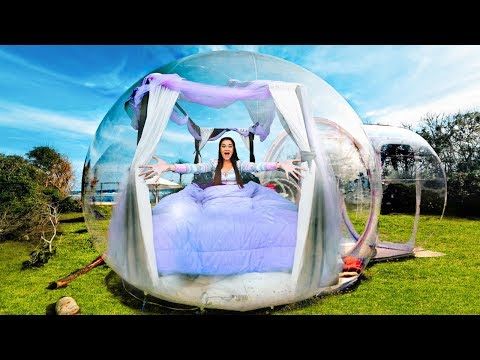 After all the stages of sterilization that the drink had to go through before getting inside the bubble, the soda completely lost its properties.
After all the stages of sterilization that the drink had to go through before getting inside the bubble, the soda completely lost its properties.
While David was inside the bubble, there was a debate going on about how ethical it is to make a child with a rare disease as a guinea pig and the subject of much research. More than a million dollars was spent on this large-scale experiment.
Second attempt
In 1983, David Vetter's parents decided to try a bone marrow transplant. In those years, doctors learned to cope with the complications associated with the fact that the donor was not completely suitable. The transplant was performed on October 1983 years old - David did not leave his bladder, and catheters were used for the procedure, which were passed through the walls of the bladder.
But the problem turned out not to be that the elder sister's bone marrow was not fully compatible with David's body. After the transplant, it turned out that the Epstein-Barr virus was present in Katherine's body.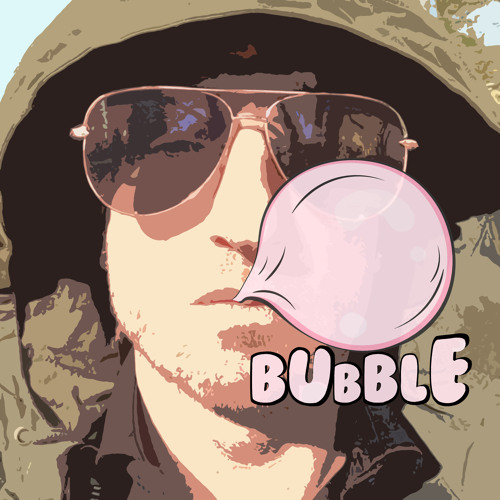 The girl had it in a latent, dormant state and did not cause any harm to her body. However, once in David's body, the virus became active and provoked the development of lymphoma. The boy felt unwell about two months after the bone marrow transplantation: he had diarrhea, severe weakness, and a high temperature.
The girl had it in a latent, dormant state and did not cause any harm to her body. However, once in David's body, the virus became active and provoked the development of lymphoma. The boy felt unwell about two months after the bone marrow transplantation: he had diarrhea, severe weakness, and a high temperature.
David's condition worsened and the doctors decided to remove the child from the bladder. He got worse and worse, in February 1984 David died. Already after the autopsy of the body after death, doctors found numerous malignant neoplasms in his body, and further examination revealed the Epstein-Barr virus introduced into the body during bone marrow transplantation.
David is buried in Texas with the inscription "He never touched the world, but the world was touched by him" carved on his tombstone.
It is still debated in the scientific community whether the placement of the boy in the bubble was an attempt to save him and cure him, or whether it was a convenient excuse for an expensive and lengthy experiment involving public funds.